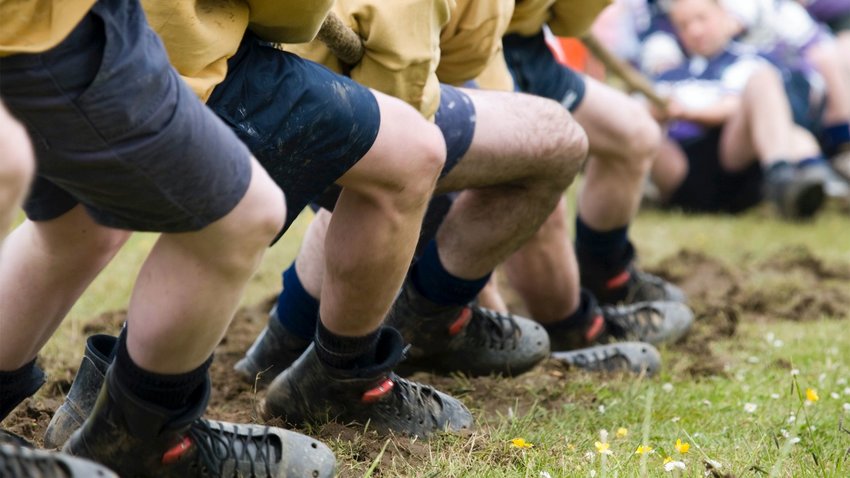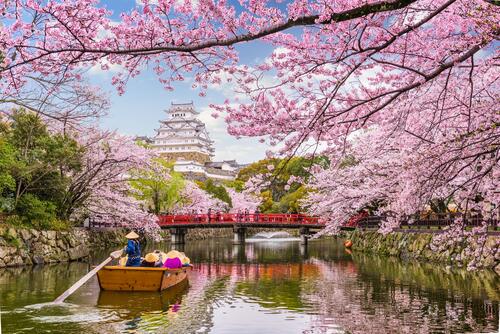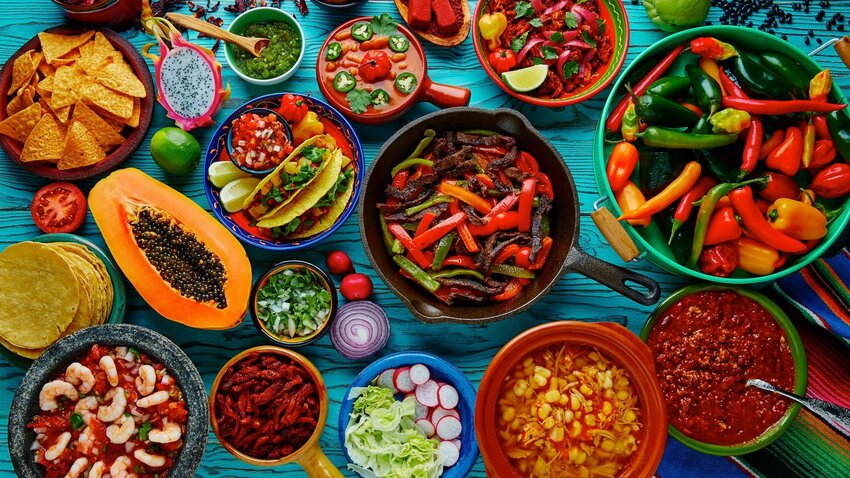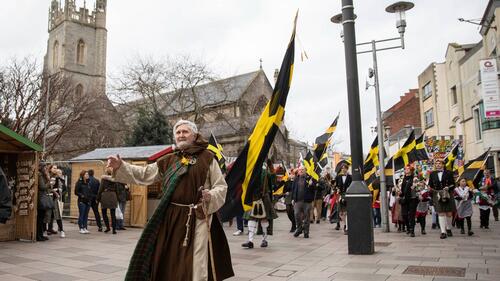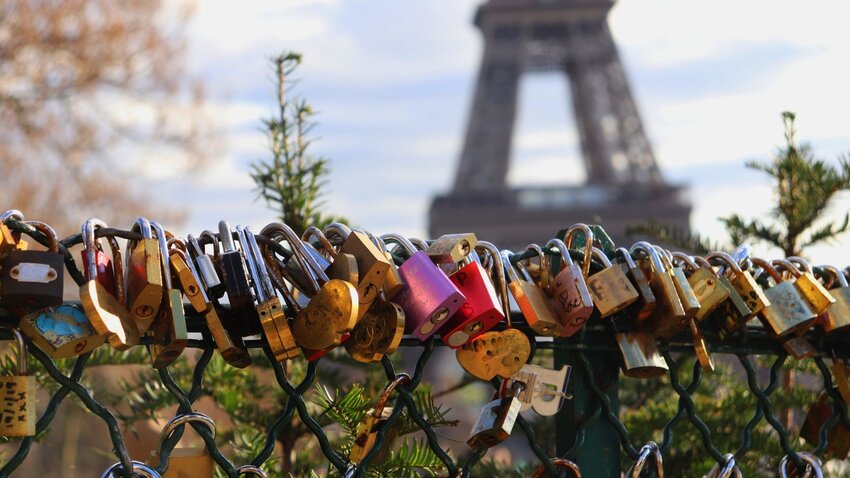The Braemar Gathering, or as it’s popularly referred to, the Highland Games, is a highlight of the Scottish social calendar. It has been an annual event in its present form since 1832, but follows a tradition that has been in place for 900 years, not just in the village of Braemar, but across all of Scotland. Legend has it that in the 11th century, King Malcolm III ordered a foot race to the summit of Creag Choinnich near Braemar so that he could find the fastest runner in Scotland and give him a job as his royal messenger.
To this day, the games are an important part of the country’s cultural heritage, fostering a strong sense of community and celebrating the feats of champions. There are usually over 60 events held across Scotland between May and September. Emigrating Scots also took the tradition with them to places such as the USA, Canada, Australia and New Zealand.
This year, however, the pandemic has forced the cancelation of many of those Games. Even the most prestigious, that of the Braemar Royal Highland Society, couldn’t stage its usual event. However, for the first time, a virtual event has been scheduled, bringing the joys of the Braemar Gathering to a wider audience.
The Royal Connection
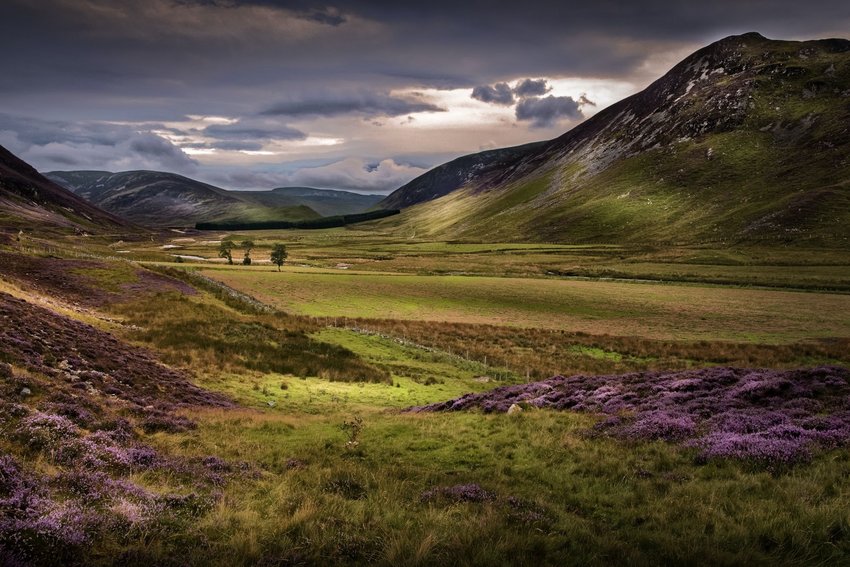
Though Highland Games events are held across Scotland, the Braemar Gathering is remarkable, because it is the only one with a Royal seal of approval. Queen Victoria first came to Scotland in 1842, a few years after ascending to the throne. She and her husband Prince Albert instantly fell in love with the Highlands.
The Royal couple first attended the Highland Games in 1848, and rented nearby Balmoral Castle for their lodging. In 1852, Queen Victoria purchased the Balmoral estate outright, and from then on became a regular at the Braemar Gathering. Subsequent monarchs, not least Her Majesty Queen Elizabeth II, have maintained the tradition. Even though she is now 94 years old, the Queen still attends, together with other members of the Royal family such as Prince Charles and Camilla, the Duchess of Cornwall.
What games Are Staged At The Braemar Gathering?
Certain competitions feature each year at the Braemar Gathering. The crowd goes wild for the Tug o War, caber toss and hammer throw, as well as traditional piping and dancing. Here’s a brief guide to those events:
Tug o War
Two teams have faced off at either end of a rope since 1955. Teams of 8 pullers are made up of members of the Armed Forces. They utilize a combination of discipline, strength and technique honed by hours of practice to see off the competition in an exciting contest. Showmanship, and of course sportsmanship, help a team to win the backing of the crowd in this thrilling knockout event.
Caber toss
A caber is a large tapered pole, usually made from the trunk of a Scots pine or larch tree. It typically measures almost 20 feet in length and weighs around 175 pounds. Competing athletes must lift the tapered end of the caber and balance it upright – no easy task as the heavy end is at the top. After a short run to gain momentum, the caber is flipped, the idea being for the heavy end to hit the ground first. The length of the throw is not relevant; what wins the points is a straight end-over-end toss.
Hammer Throw
This event involves no ordinary hammer. Instead, competitors throw a hammer made from a metal ball attached to a wooden pole or handle. It weighs 16 or 22 pounds for men; women throw 12 or 16 pounds. The hammer throw became part of the modern Olympic Games over a century ago, after Baron Coubertin saw it for himself at the 1899 Paris Exhibition. There are some variations from the Scottish version, however, the most obvious being that Olympic athletes spin before they let go.
Piping and Dancing
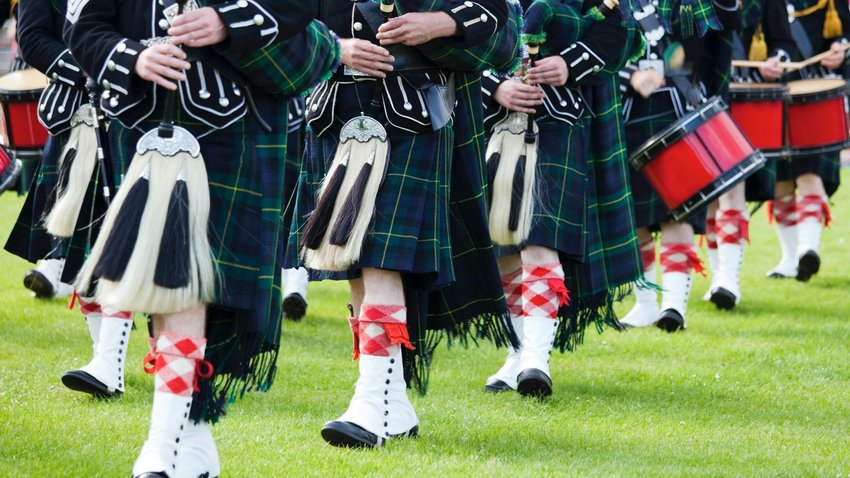
It wouldn’t be a Highland Games without music and dancing. The sound of the bagpipes is as unmistakably Scottish as kilts, haggis and malt whisky. Massed bands provide a memorable sight for those watching the Highland Games – hundreds of pipers and drummers come together and march around the parade ground. Solo pipers compete too, playing a range of styles of music including the slow and stately Pibroch.
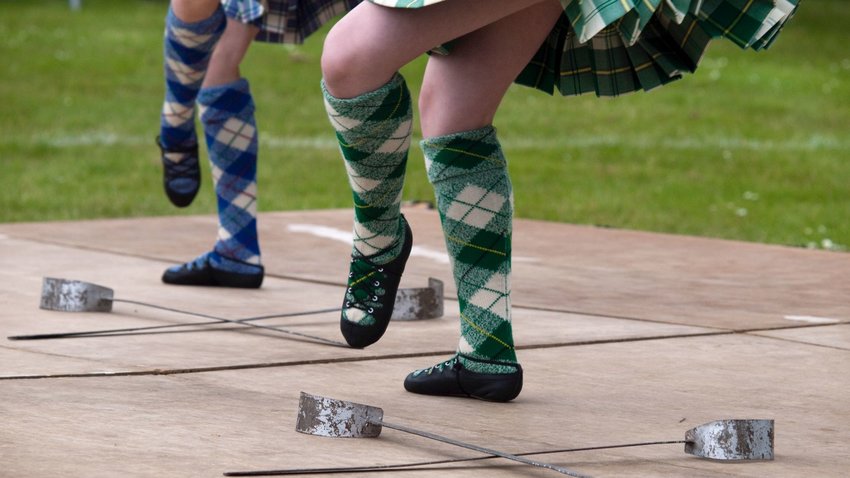
Traditional dancing is also quite a spectacle, featuring fancy footwork which takes years to perfect. Individuals and groups compete in a range of categories, such as the sword dance and the Highland Fling. Dancing was originally an all-male event, and it wasn’t until the late 19th century that women were permitted to enter. Though you’ll see dancing at Braemar, the Cowal Gathering is generally considered the best in Scotland when it comes to this aspect of the Highland Games. That’s because it hosts the Scottish and World Highland Dancing Championships each year during the August Gathering.
Back to Braemar
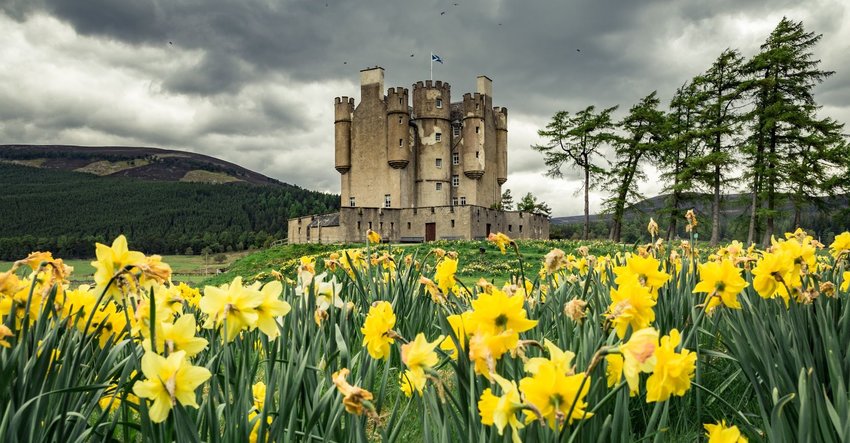
This year, the Braemar arena was empty when piper Martin Johnston played at what should have been the opening ceremony on Saturday 5th September. Starting at 9AM local time on September 12, you can watch the first – and hopefully last – virtual games, a sneak peek behind closed doors. If you like what you see, why not book your flight to Scotland for September 2021 when the Games are expected to resume with in-person crowds?
Top photo by Gannet77

